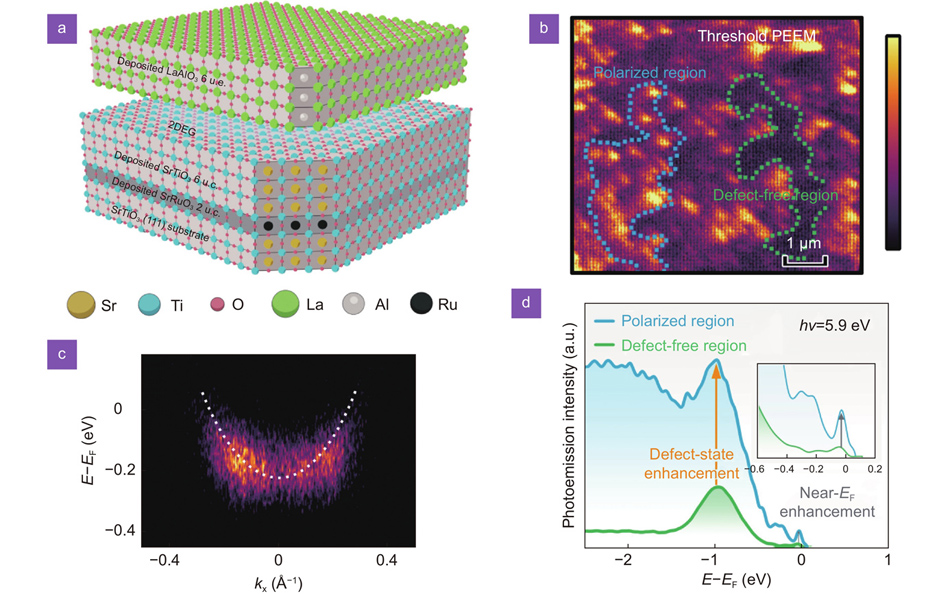Search by keywords or author
- Opto-Electronic Science
- Vol. 1, Issue 7, 210011 (2022)
Abstract
Supplementary Materials

Junyan Chen, Tobias Eul, Lu Lyu, Yaolong Li, Xiaoyong Hu, Xingkun Ning, Shufang Wang, Martin Aeschlimann, Qihuang Gong. Tracing the formation of oxygen vacancies at the conductive LaAlO3/SrTiO3 interface via photoemission[J]. Opto-Electronic Science, 2022, 1(7): 210011
Download Citation
Set citation alerts for the article
Please enter your email address




